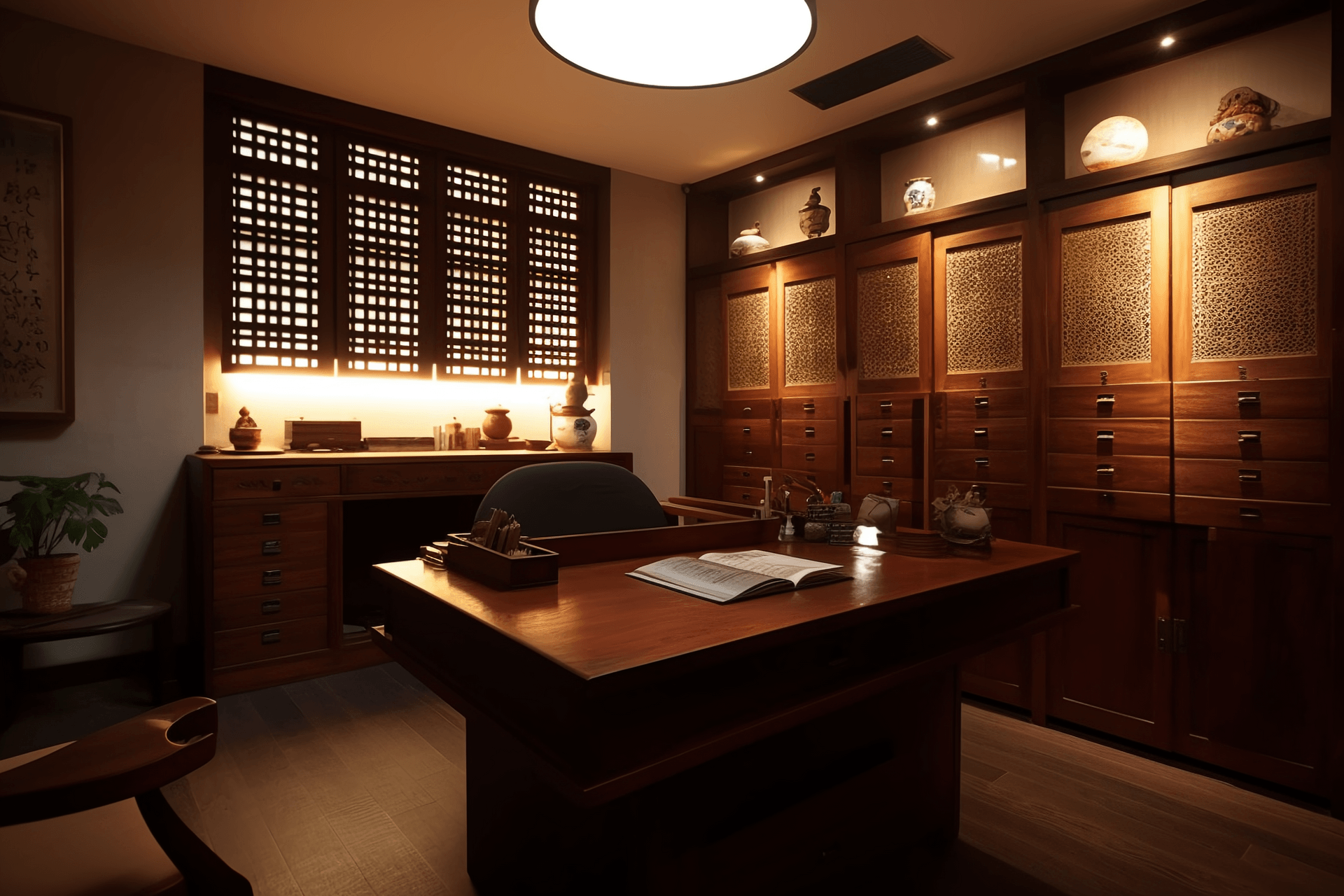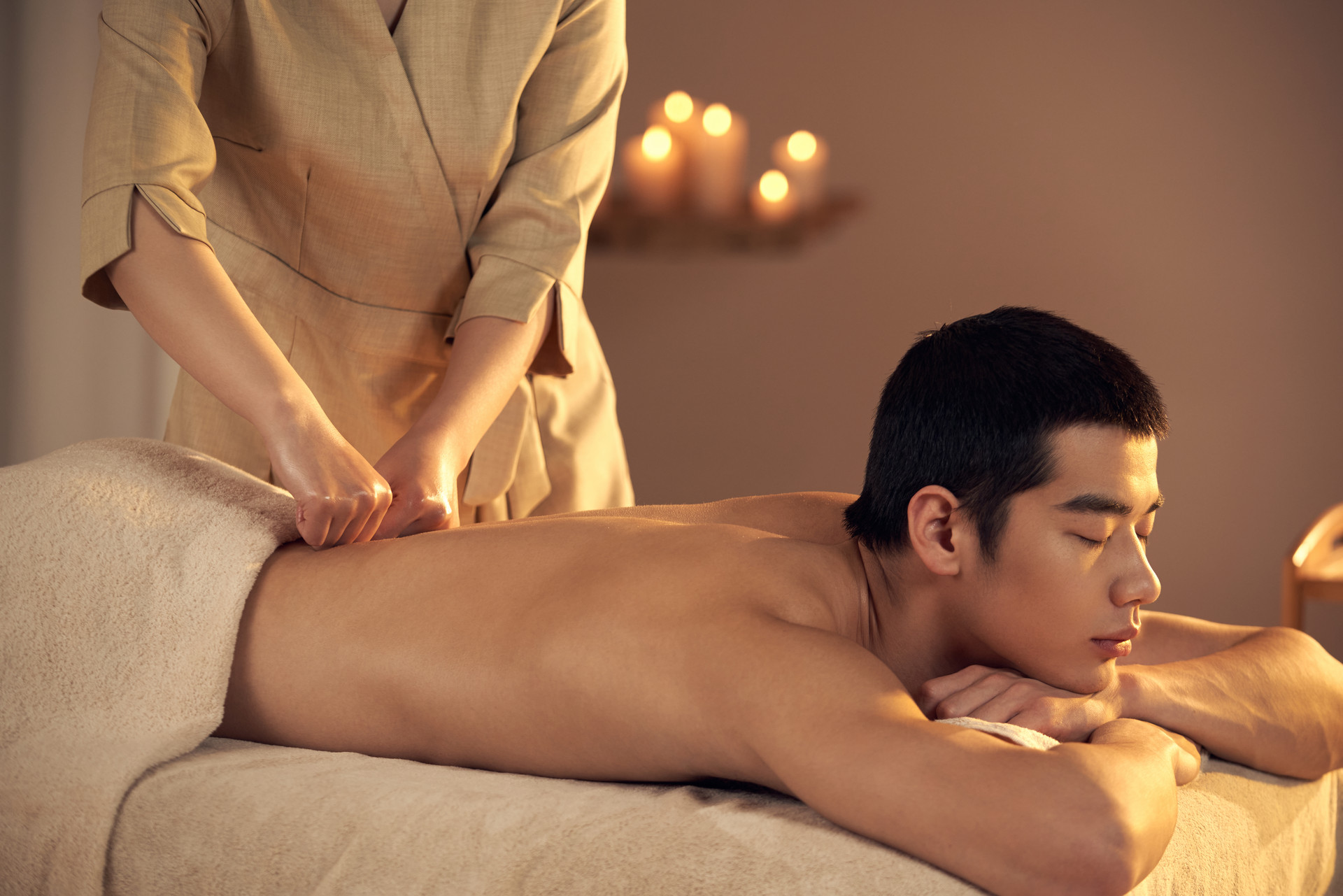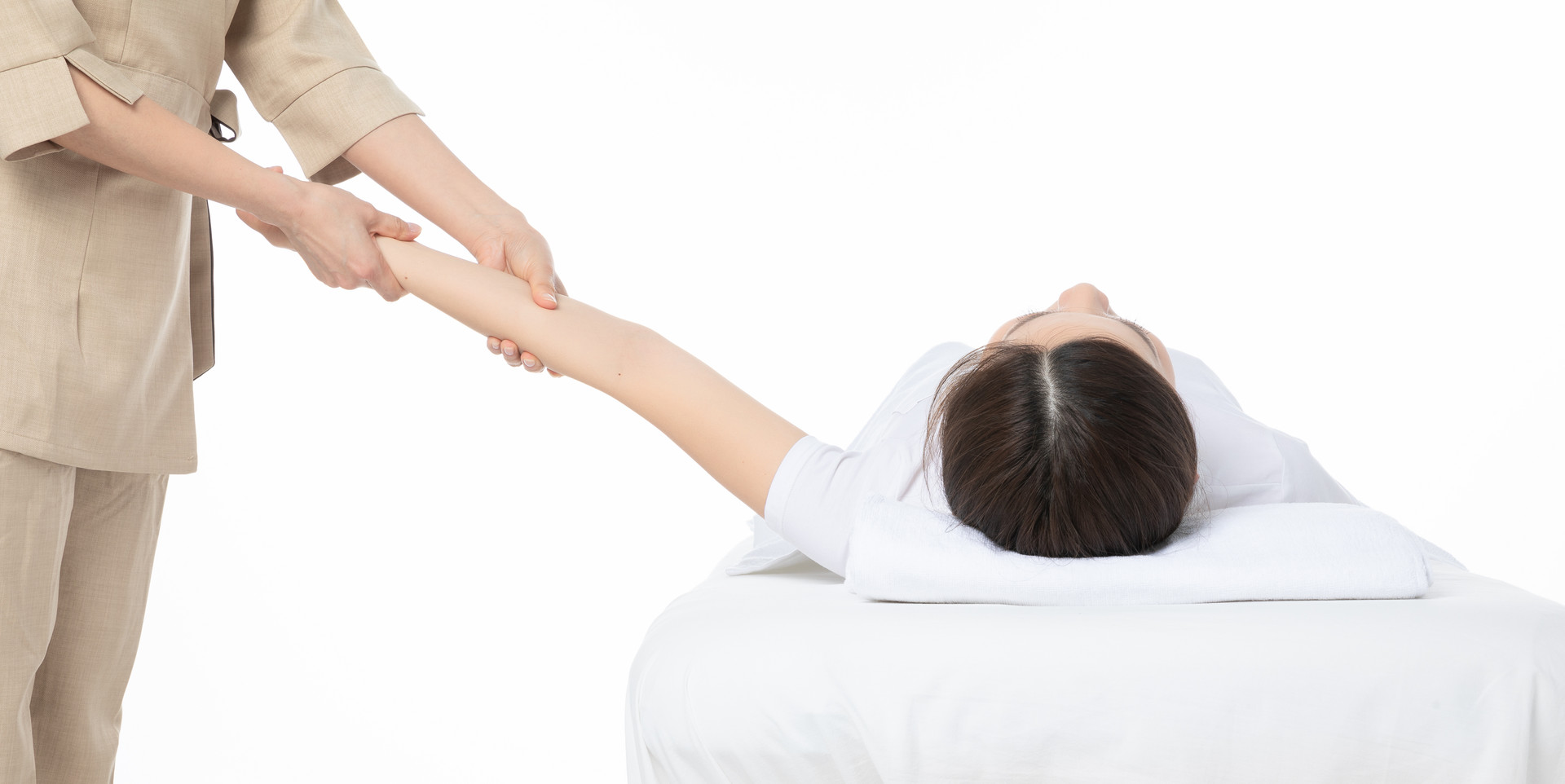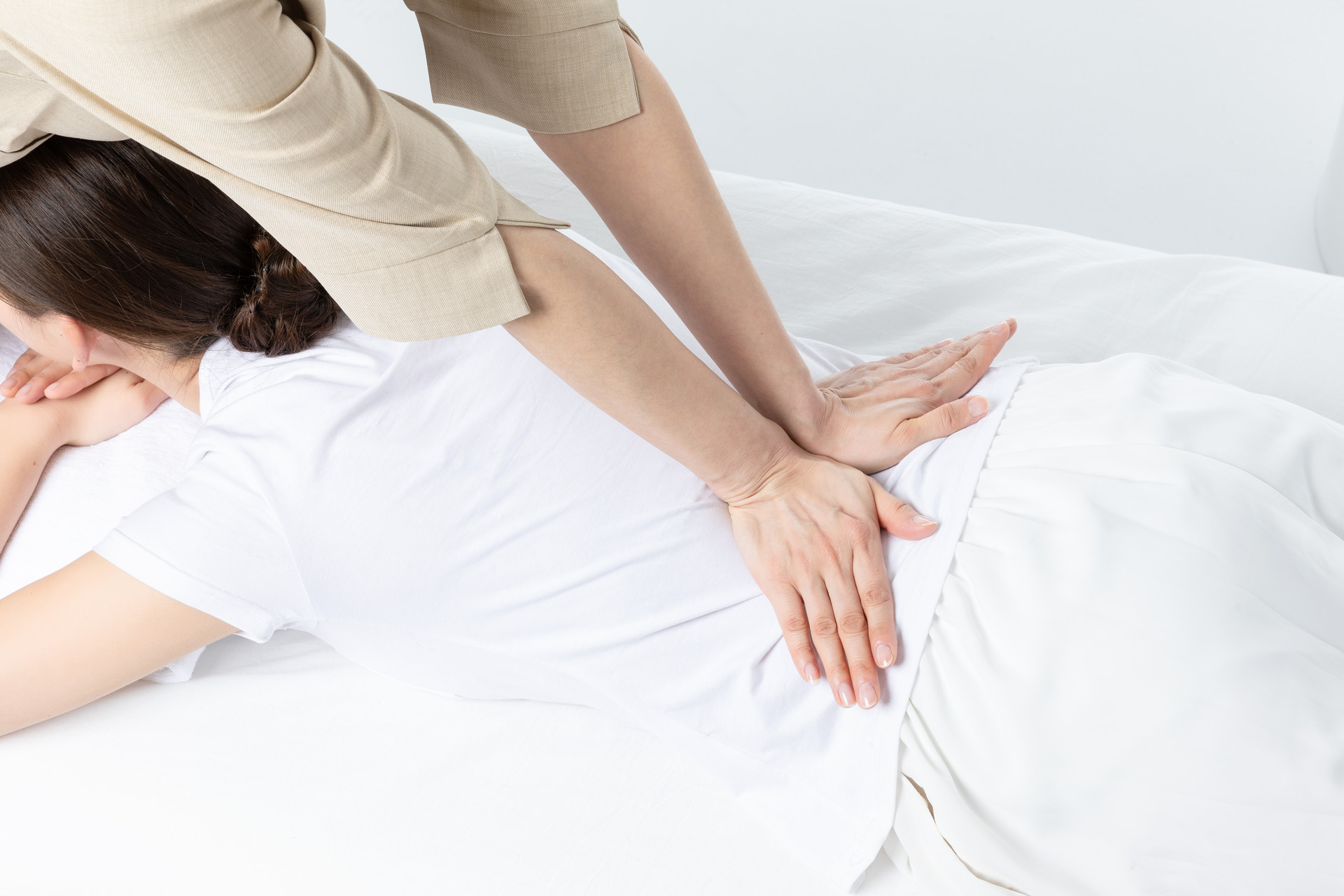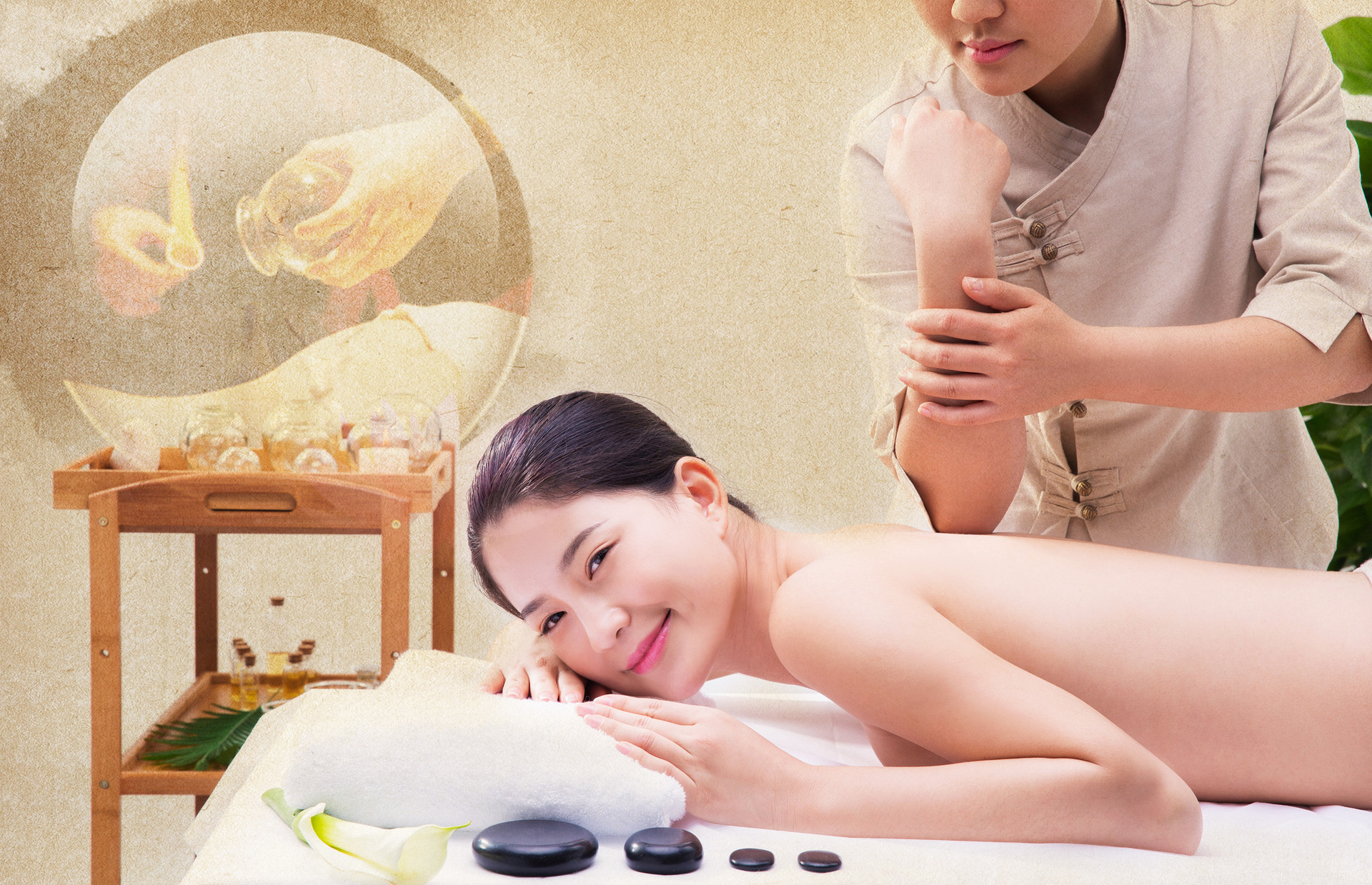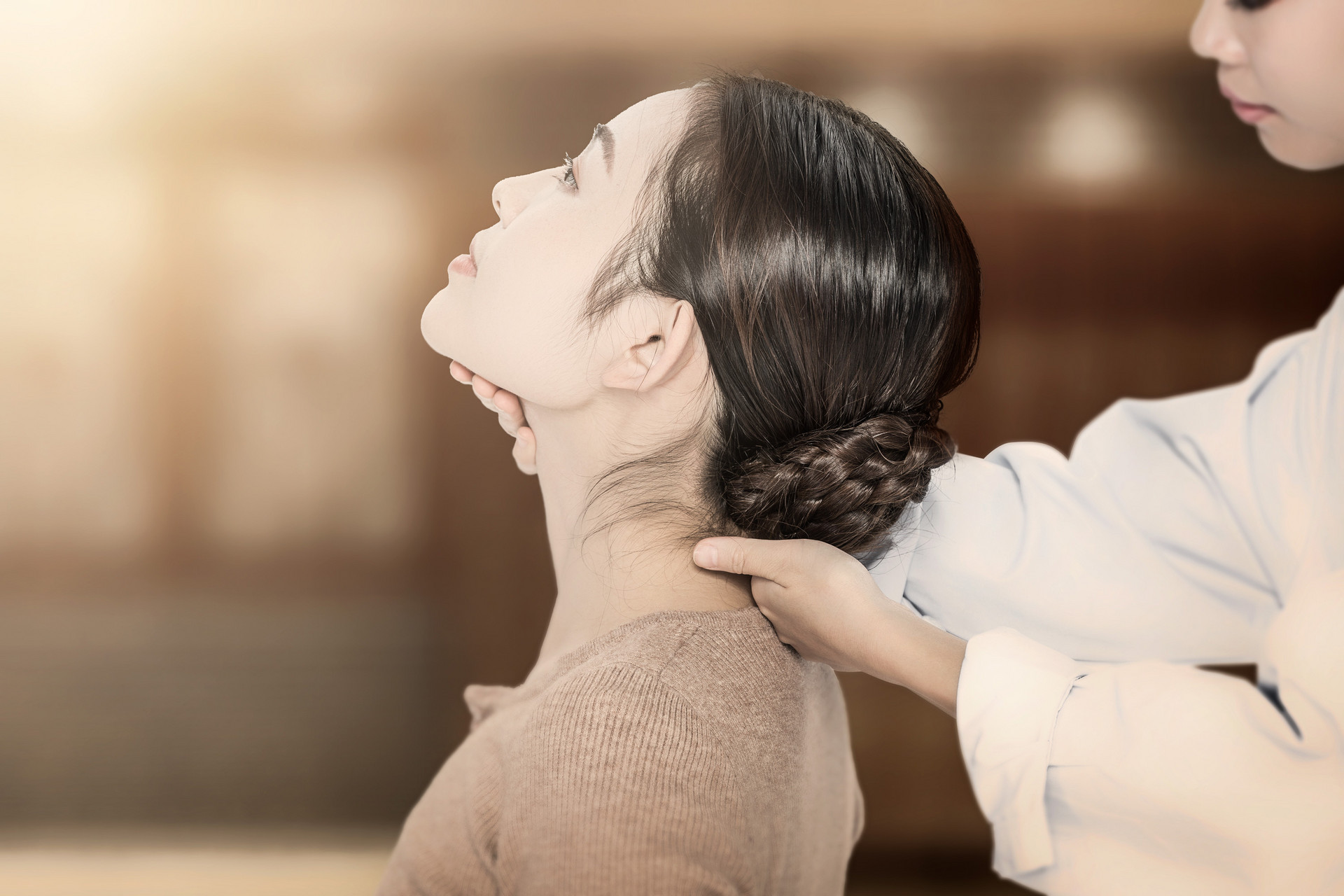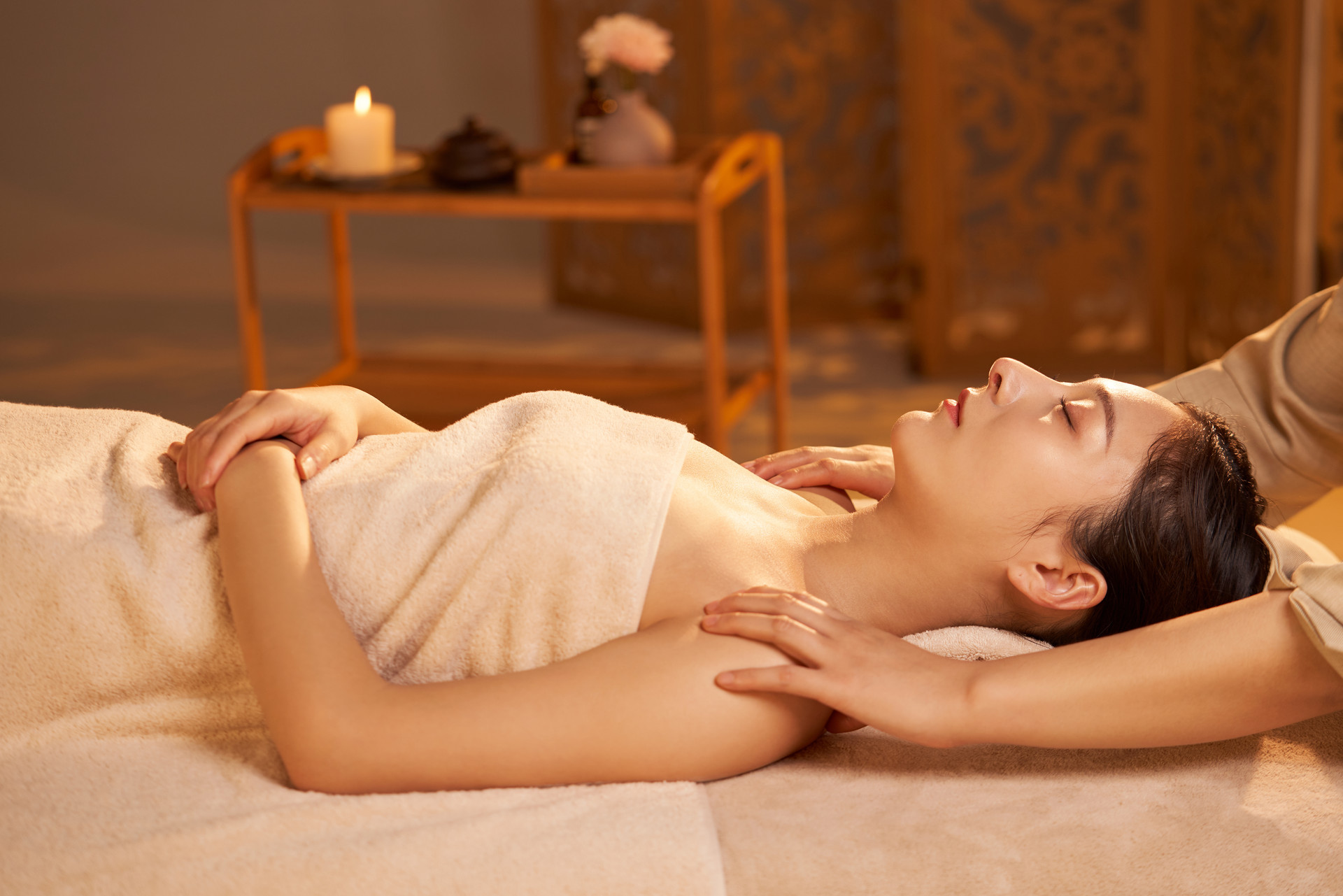The target of pediatric Tuina therapy is generally children under 6 years old, especially infants and toddlers under 3 years old. It has a wide range of therapeutic effects and can be used to treat conditions such as diarrhea, vomiting, malnutrition, constipation, anal prolapse, fever, cough, convulsions, enuresis, torticollis, strabismus, and infantile paralysis.
1. Five Meridian Therapy:
By using pushing techniques on the five acupoints of the spleen meridian, liver meridian, heart meridian, lung meridian, and kidney meridian located on the fingertips, index finger, middle finger, ring finger, and little finger respectively, the function of various organs can be adjusted to treat related diseases. For example, tonifying techniques are often used for digestive disorders. Clearing techniques are suitable for convulsions, seizures, and restlessness. It can also treat palpitations, dizziness, anemia, high fever with coma, cough, asthma, phlegm, enuresis, and frequent urination.
2. Large Intestine Therapy:
By pushing along the radial side of the index finger from the tip to the base, heat and diarrhea can be cleared, making it commonly used for treating diarrhea and indigestion.
3. Small Intestine Therapy:
The small intestine acupoint is located at the ulnar side of the little finger. It is used to treat symptoms such as short and red urination, enuresis, and persistent high fever. Pushing from the fingertips to the base of the finger is tonifying, while the opposite is purging.
4. Eight Trigrams Therapy:
The patient’s left palm is facing up, and the doctor uses the left index finger, middle finger, ring finger, and little finger to support the back of the patient's left hand, using the thumb to make contact and perform pushing techniques. Alternatively, one hand can support the patient's left hand, while the other hand uses the fingertip of the index finger or middle finger as the contact surface for pushing techniques.
5. Rubbing Jigu Gate Therapy:
By rubbing the palm at the base of the hand, it can invigorate the spleen and resolve stagnation, treating symptoms such as vomiting, diarrhea, shortness of breath, and attacks of Qi.
6. Triple Gate Therapy:
The triple gate acupoint is located on the radial side of the forearm, from the wrist to the elbow. It has the function of tonifying Qi and dispelling wind and cold. It is used to treat colds, fever with chills, and other symptoms.
7. Six Fu Organs Therapy:
The six fu organs acupoint is located on the ulnar side of the forearm, from the elbow to the wrist. It has the function of clearing heat and stopping sweating. It is used to treat high fever, coma, and convulsions.
8. Tianhe Water Therapy:
Pushing along the middle line of the flexor side of the forearm has the effect of reducing fever and relieving restlessness. It is used to treat symptoms such as fever, convulsions, thirst, night crying, and oral ulcers.
9. Ten Kings Therapy:
Pinching the fingertips of the ten fingers has the effect of opening the orifices and awakening the spirit. It is used to treat conditions such as syncope and convulsions.
10. Operating the Back of the Ear Therapy:
By manipulating the temporal bone process on the back of the ear, it can dispel wind and calm the mind.
11. Flicking the Root of the Nose Therapy:
Using the index finger to flick the root of the nose until the skin turns red, it has the effect of opening orifices. It is used to treat symptoms such as convulsions, nasal congestion, runny nose, and syncope.
12. Pushing the Renzhong Acupoint Therapy:
The Renzhong acupoint is located at the midpoint of the line connecting the nipples on the anterior chest. First, rub the Renzhong acupoint, then push it downwards and towards both sides. It is used to treat cough, asthma, vomiting, chest tightness, and other symptoms.
13. Pushing the Yin and Yang of the Abdomen Therapy:
Starting from the lower end of the sternum, push along the lower edge of the rib cage towards both sides. It is used to treat chest tightness, abdominal distension, indigestion, and fever.
14. Rubbing the Abdomen Therapy:
Using the palm to make circular motions on the abdomen, with a focus on the Zhongwan, Qizhong, and Guanyuan acupoints. It is commonly used to treat abdominal pain, bloating, diarrhea, food stagnation, constipation, urinary obstruction, and enuresis.
15. Holding the Corners of the Belly Therapy:
Holding the sides below the navel. It is used to treat abdominal pain, bloating, and diarrhea.
16. Pressing the Urinary Point Therapy:
The urinary point is located at the midpoint of the line connecting the navel and the superior edge of the pubic symphysis. Pressing this acupoint can relieve urinary retention.
17. Pushing the Spine Therapy:
By pushing downward on the midline of the spine, it has the effect of reducing fever and calming convulsions.
18. Rubbing the Tailbone Therapy:
By rubbing the tailbone, it is used to treat diarrhea, dysentery, and prolapse.
19. Pushing the Seven Vertebra Therapy:
The seven vertebra refers to the second lumbar vertebra to the coccyx. Pushing from the waist to the coccyx is tonifying for the L-1 vertebra, which has the effect of stopping diarrhea and nourishing the kidneys. Pushing downward has the effect of promoting bowel movements and dispelling heat.
20. Holding the Xuehai Point Therapy:
Holding the Xuehai acupoint in the lower front of the thigh can calm convulsions. It is used to treat infantile convulsions and other conditions.
21. Rubbing the Zusanli Point Therapy:
By rubbing the Zusanli acupoint, which is located 3 inches below the outer knee, it is used to treat abdominal distention, abdominal pain, asthenia, poor appetite, indigestion, and weak lower limbs.
22. Shaking Yongquan Point Therapy:
By rubbing the depressed area on the sole of the foot, it is used to treat vomiting, diarrhea, and feverish conditions.



